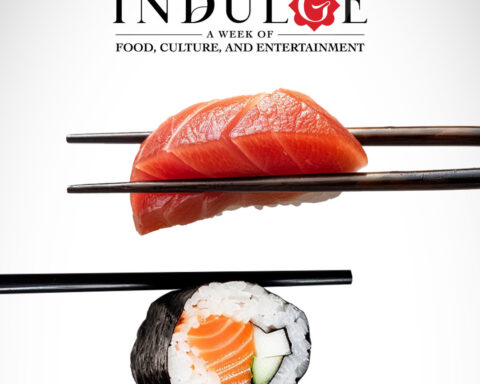Fanny Bal, a French nose, shares the secrets of attracting regional customers.
DUBAI: Scent is an important aspect of Arab men and women’s beauty routines.
According to Euromonitor, the Middle East fragrance industry is expected to touch $4.4 billion in 2027, with Saudi Arabia and the United Arab Emirates making up for the region’s two largest scent marketplaces.
These figures are immensely useful to luxury firms’ revenue, since several of them have created perfume lines tailored exclusively for regional clients.
“The Middle Eastern consumers are absolutely in love with perfume,” said Fanny Bal, a renowned French nose who just created Loubiprince, a musk-infused scent that is part of Christian Louboutin Beauty’s unisex fragrance collection that was launched specifically for the region.
“In the Middle East, fragrance is an integral part of the culture. It is far more extensive than in any other part of the world,” she remarked.
Saudi Arabia and the United Arab Emirates, she noted, both prefer traditional aromas and gravitate toward fragrances containing powerful compounds like oud and musk.
“We explored heavier notes that we wouldn’t generally use for the European market, where customers favour fruity or floral aromas,” said Puig’s Chief Brands Officer for Niche Brands, Thomas James. “For example, we wouldn’t use incense for European customers, but it is quite significant in the Middle East.”
Bal, who has created fragrances for Givenchy, Issey Miyake, Frederic Malle and even popstar Shakira, looked at components that are synonymous with Middle Eastern scents, such as amber, resin, sandalwood, and spice for this fragrance.
The unique Louboutin line by French perfumer Christophe Raynaud also includes two other perfumes : Loubicharme and Loubiluna.
Loubiluna has cedar wood, fig milk and papyrus notes, while Loubicharme has rose (floral) and geranium notes balanced by patchouli and incense.
Christian Louboutin used the presentation of each scent to pay tribute to the region in addition to the ingredients. They are packaged in a luxurious red bottle with a golden cap showing a pyramid, scarab beetle and crescent moon.
For example, Papyrus, a thick paper-like material used for writing in ancient Egypt, is one of the key elements in the perfumes. “The word papyrus conjures up images of Egypt. “Papyrus is not used very often by perfumers,” Bal explained, “but it was fitting with the story of Louboutin.”
Image via Fragrantica.






